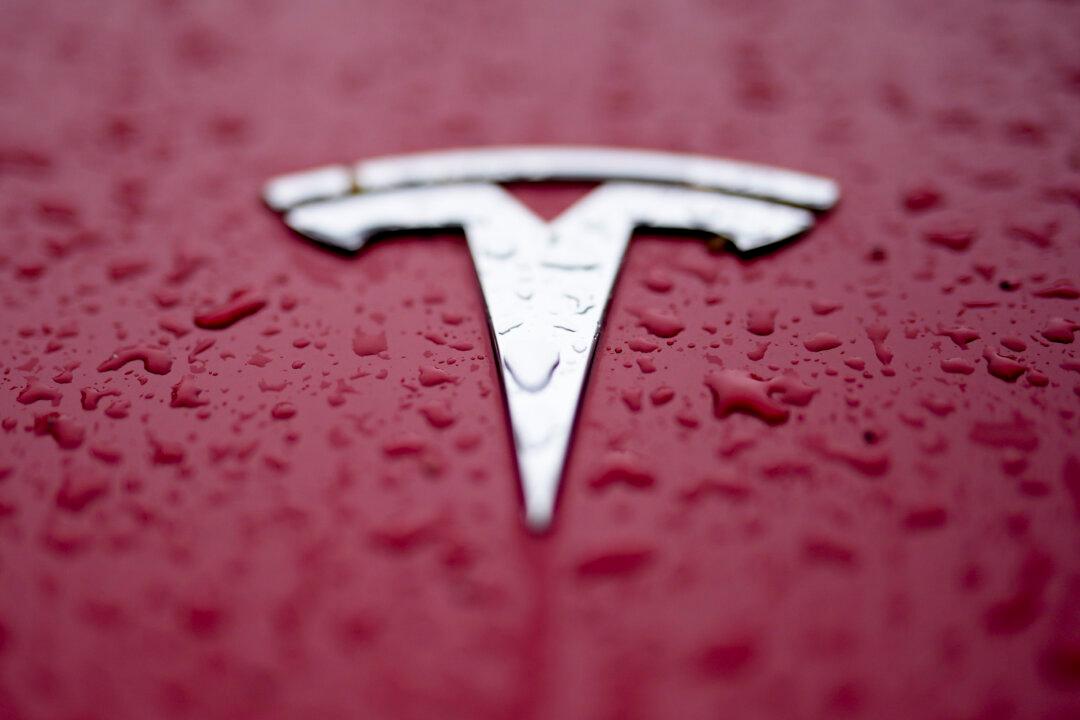California firefighters used around 50,000 gallons of water to extinguish and cool down the batteries of a Tesla Semi that crashed and caught fire, according to a Sept. 12 preliminary report by the National Transportation Safety Board (NTSB).
The crash occurred around 3:13 a.m. on Aug. 19. A Tesla employee was driving the Semi eastbound on I-80 from Livermore, California, to a Tesla facility in Sparks, Nevada. The Semi approached a curve to the right and drove off the road before it crashed into a tree, continued down a slope, and rested against multiple trees, the agency said. The driver was not hurt.





